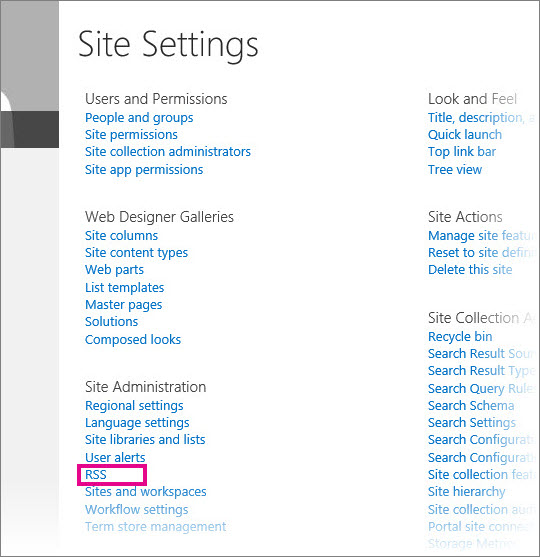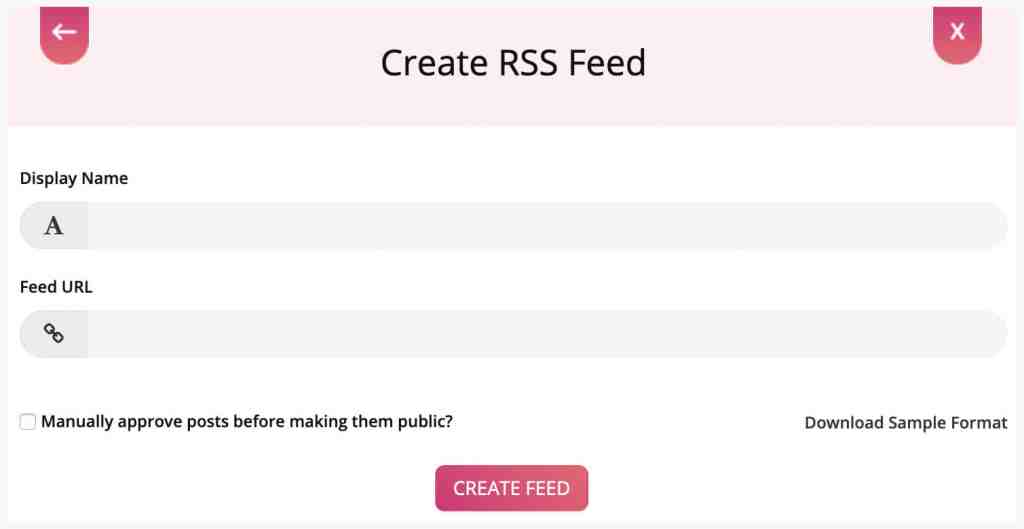


Next run a build ( npm run build) since the RSS feed generation will only happen for production builds. Here’s an example of how you could implement this plugin with Markdown, but for other sources, you will need a way to uniquely identify content-typically a URL or slug. Once installation is complete, you can now add this plugin to your site’s config file, like so:

To install this package, run the following command: How to use gatsby-plugin-feed To generate an RSS feed, you can use the gatsby-plugin-feed package. Think of it as a syndicated distribution channel for your site’s content. An RSS Feed is a standard XML file listing a website’s content in a subscribable format, allowing readers to consume your content in news aggregators, also called feed reader apps.


 0 kommentar(er)
0 kommentar(er)
